Nectar Babe Nectarine Info – Growing A Nectarine ‘Nectar Babe’ Cultivar
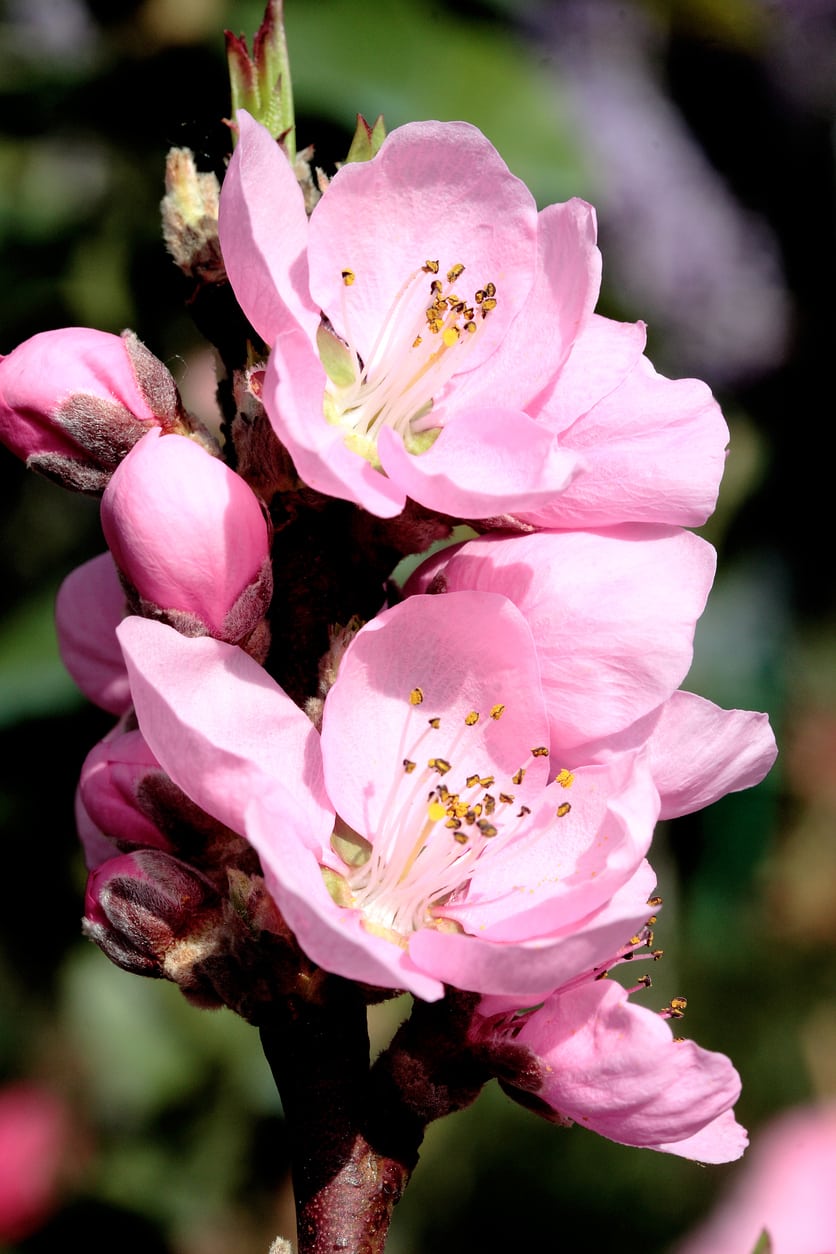

If you guessed that Nectar Babe nectarine trees (Prunus persica nucipersica) are smaller than standard fruit trees, you are absolutely right. According to Nectar Babe nectarine information, these are natural dwarf trees, but grow full-size, luscious fruit. You can start growing Nectar Babe nectarines in containers or in the garden. Read on for info on these unique trees plus tips on planting Nectar Babe nectarine trees.
Nectarine Nectar Babe Tree Info
Nectarine Nectar Babes have smooth, golden-red fruit that grow on very small trees. The fruit quality of nectarine Nectar Babes is excellent and the flesh has a sweet, rich, delicious flavor. Given that Nectar Babe nectarine trees are natural dwarfs, you may think that the fruit is small too. This is not the case. The succulent freestone nectarines are large and perfect for eating fresh off the tree or canning. A dwarf tree is usually a grafted tree, where a standard fruit tree cultivar is grafted onto a short rootstock. But Nectar Babes are natural dwarf trees. Without grafting, the trees stay small, shorter than most gardeners. They top out at 5 to 6 feet (1.5 to 1.8 m.) tall, a perfect size for planting in containers, small gardens or anywhere with limited space. These trees are ornamental as well as extremely productive. The spring blossom display is extremely, filling the tree branches with lovely pale pink flowers.
Growing Nectar Babe Nectarines
Growing Nectar Babe nectarines requires quite a bit of gardener effort but many believe that it’s worth it. If you love nectarines, planting one of these natural dwarfs in the backyard is a great way to get a fresh supply every year. You’ll get the annual harvest in early summer. Nectarine Nectar babes thrive in U.S. Department of Agriculture plant hardiness zones 5 through 9. That means very hot and very cold climates are not appropriate. To get started, you’ll need to select a full sun location for the tree. Whether you are planting in a container or in the earth, you’ll have the best luck growing Nectar Babe nectarines in fertile, well-drained soil. Irrigate regularly during the growing season and add fertilizer periodically. Although Nectar Babe nectarine information says you shouldn’t trim these small trees as much as standard trees, pruning is definitely required. Prune the trees annually during winter, and remove dead and diseased wood and foliage from the area to curb disease spread.
Gardening tips, videos, info and more delivered right to your inbox!
Sign up for the Gardening Know How newsletter today and receive a free copy of our e-book "How to Grow Delicious Tomatoes".

Teo Spengler is a master gardener and a docent at the San Francisco Botanical Garden, where she hosts public tours. She has studied horticulture and written about nature, trees, plants, and gardening for more than two decades. Her extended family includes some 30 houseplants and hundreds of outdoor plants, including 250 trees, which are her main passion. Spengler currently splits her life between San Francisco and the French Basque Country, though she was raised in Alaska, giving her experience of gardening in a range of climates.
-
 Looking For Plants To Give You The Soft And Fuzzies? Try These 5 Fuzzy Leaf Plant Options
Looking For Plants To Give You The Soft And Fuzzies? Try These 5 Fuzzy Leaf Plant OptionsLovers of texture, drama, silver foliage and tactile plants will adore these special sensory garden additions. These fuzzy leaf plant options will leave you all aglow
By Susan Albert
-
 Get Ready For A Summer Of Hummers! Grow These Full Sun Hummingbird Plants and Flowers
Get Ready For A Summer Of Hummers! Grow These Full Sun Hummingbird Plants and FlowersIf you’re lucky enough to enjoy a sunny backyard, make sure you are maxing out on your pollinator opportunities and grow these full sun hummingbird plants and flowers
By Tonya Barnett
-
Panamint Nectarine Fruit: Caring For Panamint Nectarine Trees
Panamint nectarine trees are very adaptable for home gardens and produce fruit with an excellent flavor. For more information about Panamint nectarine fruit, plus tips on caring for Panamint nectarines, the following article will help.
By Teo Spengler
-
Southern Belle Nectarines: Learn About Southern Belle Tree Care
If you love peaches but don’t have a landscape that can sustain a larger tree, try growing a Southern Belle nectarine. With its fairly diminutive height, the nectarine ‘Southern Belle’ can be container grown easily. Learn more about this fruit tree in the following article.
By Amy Grant
-
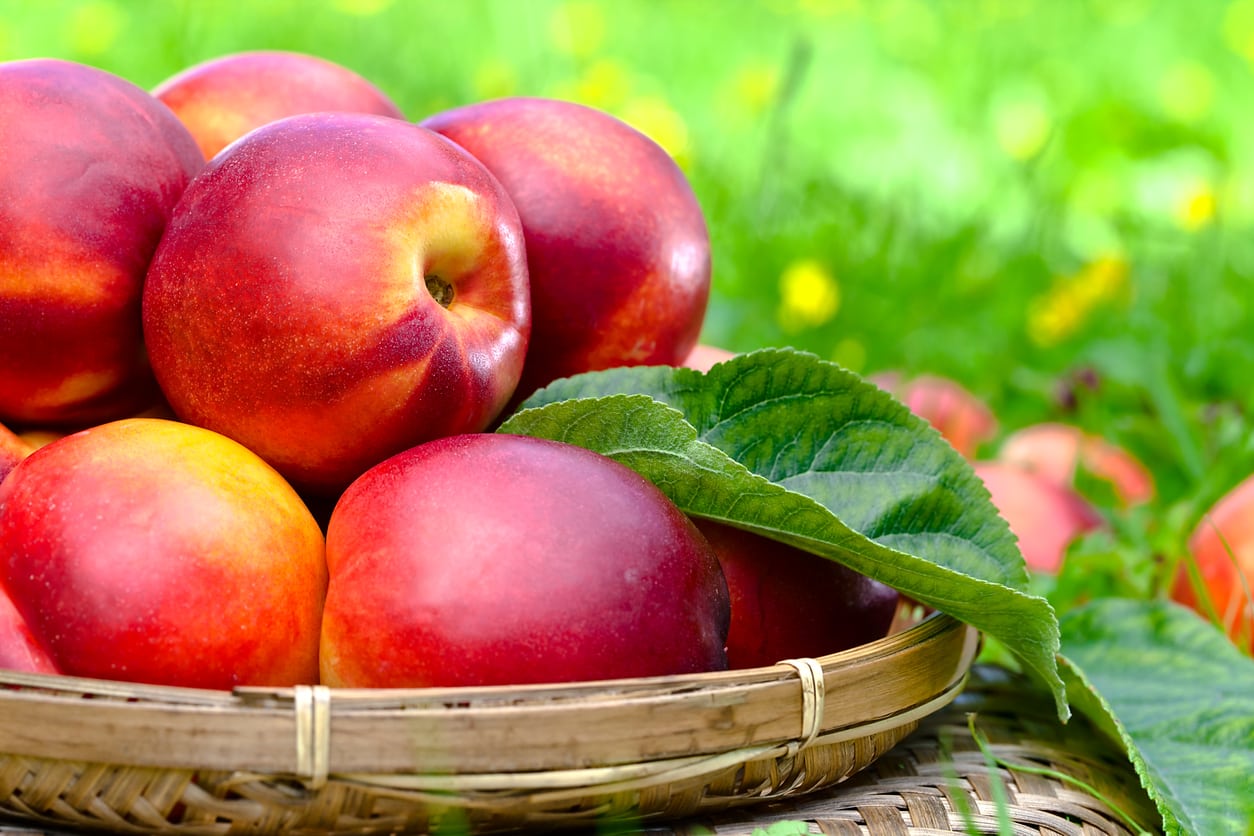 Harko Nectarine Care: How To Grow A Harko Nectarine Tree
Harko Nectarine Care: How To Grow A Harko Nectarine TreeThe Harko nectarine is a Canadian variety high on taste and cold tolerant. If you want to grow this nectarine tree, it’s important to have some facts at your fingertips. Click here for information about growing Harko nectarines and tips about Harko nectarine care.
By Teo Spengler
-
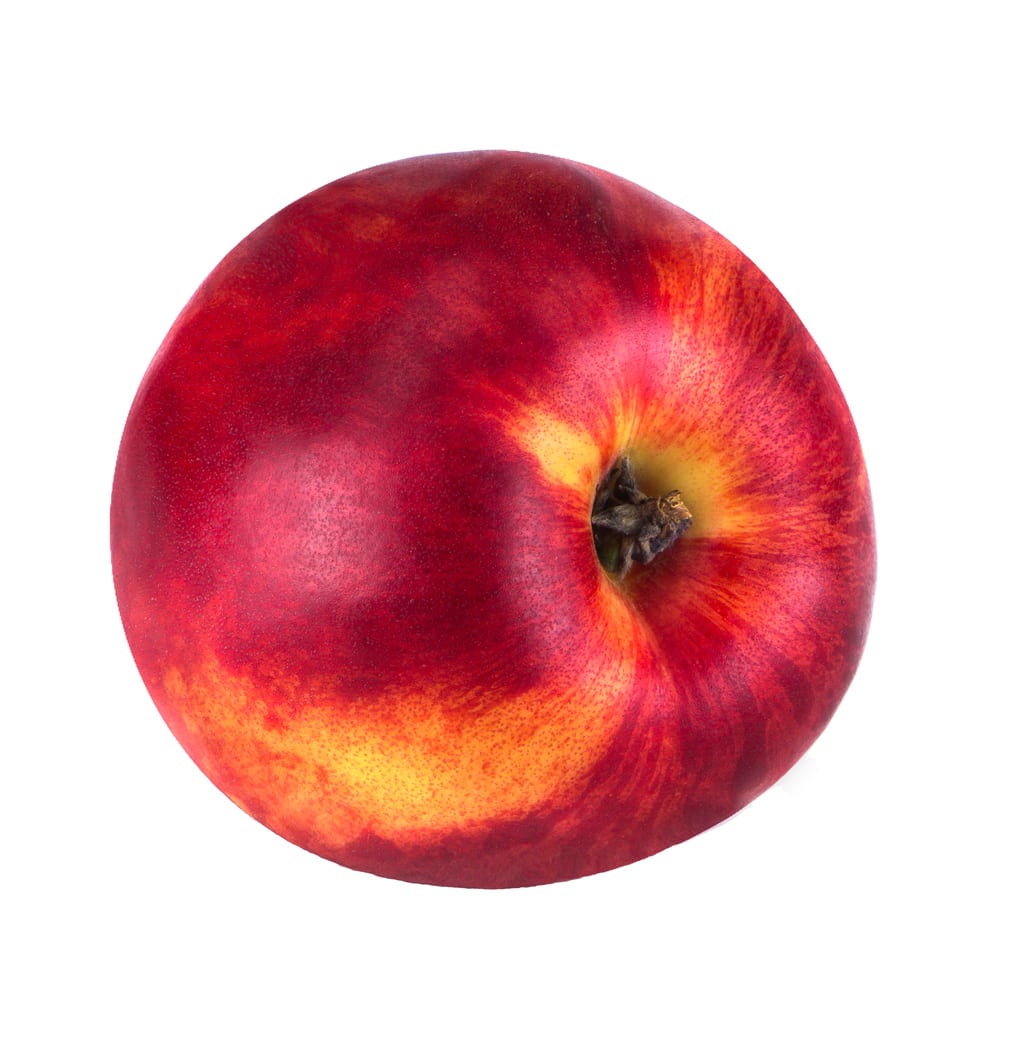 Arctic Rose Nectarine Care: What Is An Arctic Rose Nectarine
Arctic Rose Nectarine Care: What Is An Arctic Rose NectarineIf you are considering growing peaches or nectarines in a backyard orchard, Arctic Rose white nectarine is a great place to start. Click on the following article for information about this interesting cultivar, plus tips on Arctic Rose nectarine care.
By Teo Spengler
-
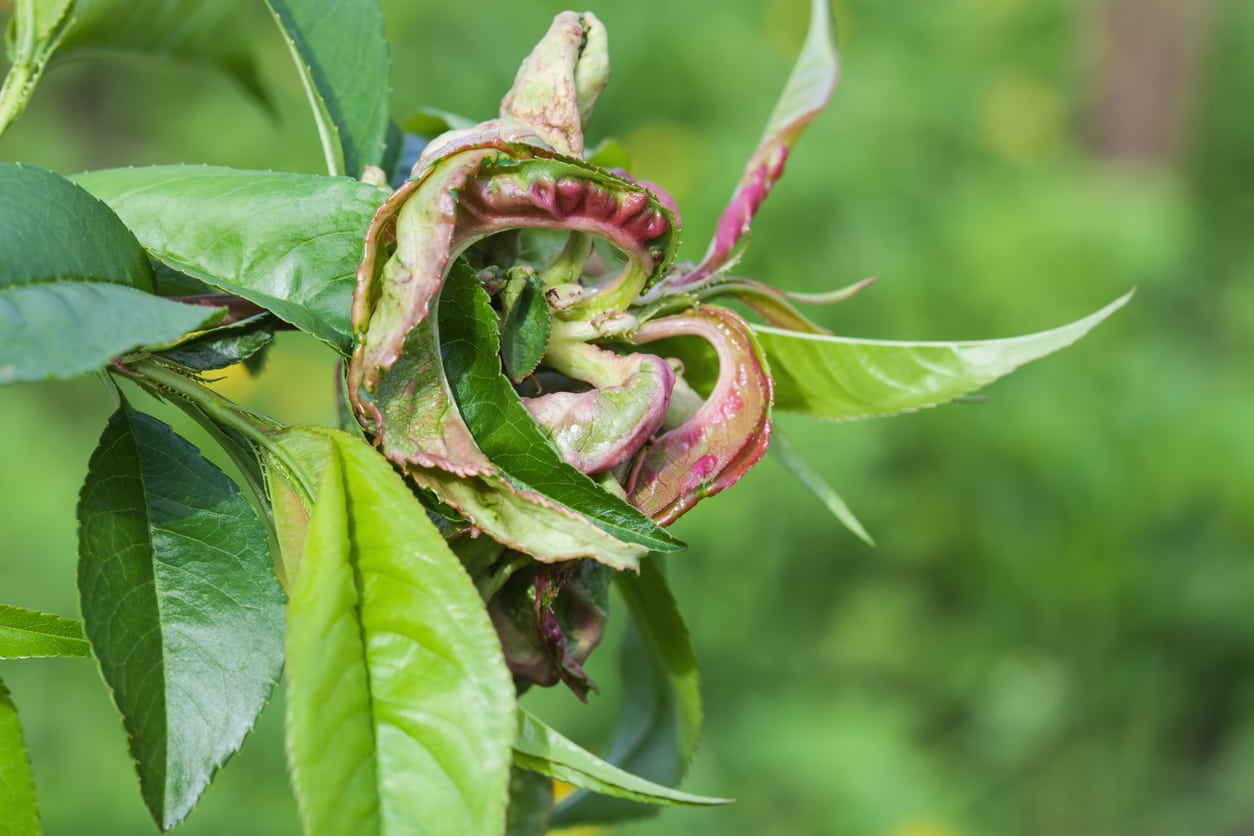 Diseases Of Nectarines: How To Spot Common Nectarine Diseases
Diseases Of Nectarines: How To Spot Common Nectarine DiseasesNectarine disease symptoms may not be readily apparent, and you may have to do some serious observation to locate issues. Others are visually evident and not hard to identify. If your nectarine tree is looking or performing differently than in years past, this article can help.
By Becca Badgett
-
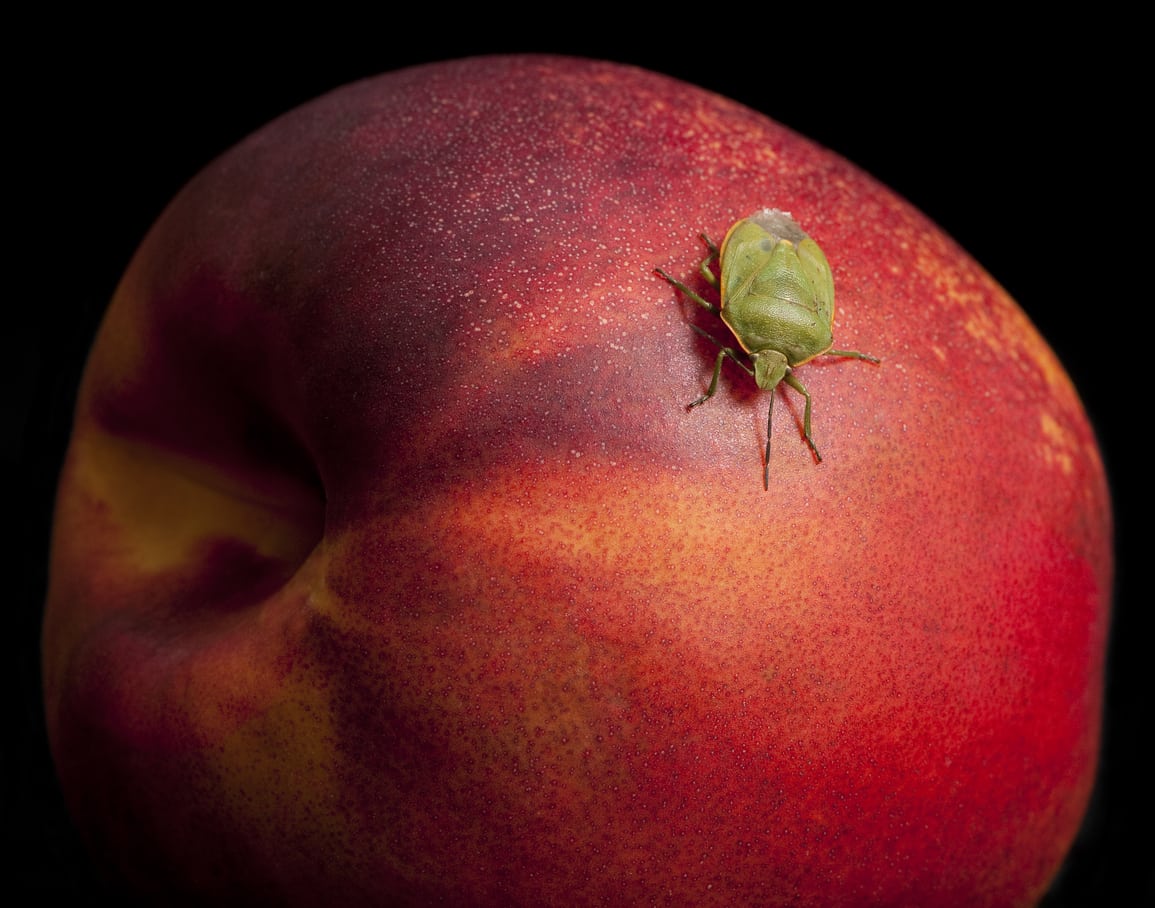 Bugs That Eat Nectarines – Tips For Controlling Nectarine Pests In Gardens
Bugs That Eat Nectarines – Tips For Controlling Nectarine Pests In GardensNectarines and peaches are often used interchangeably in cooking. Not surprisingly, both often face the same pests in the garden. Controlling nectarine pests in the home orchard will help to maintain plant vigor and prevent future pest problems. Learn more here.
By Tonya Barnett
-
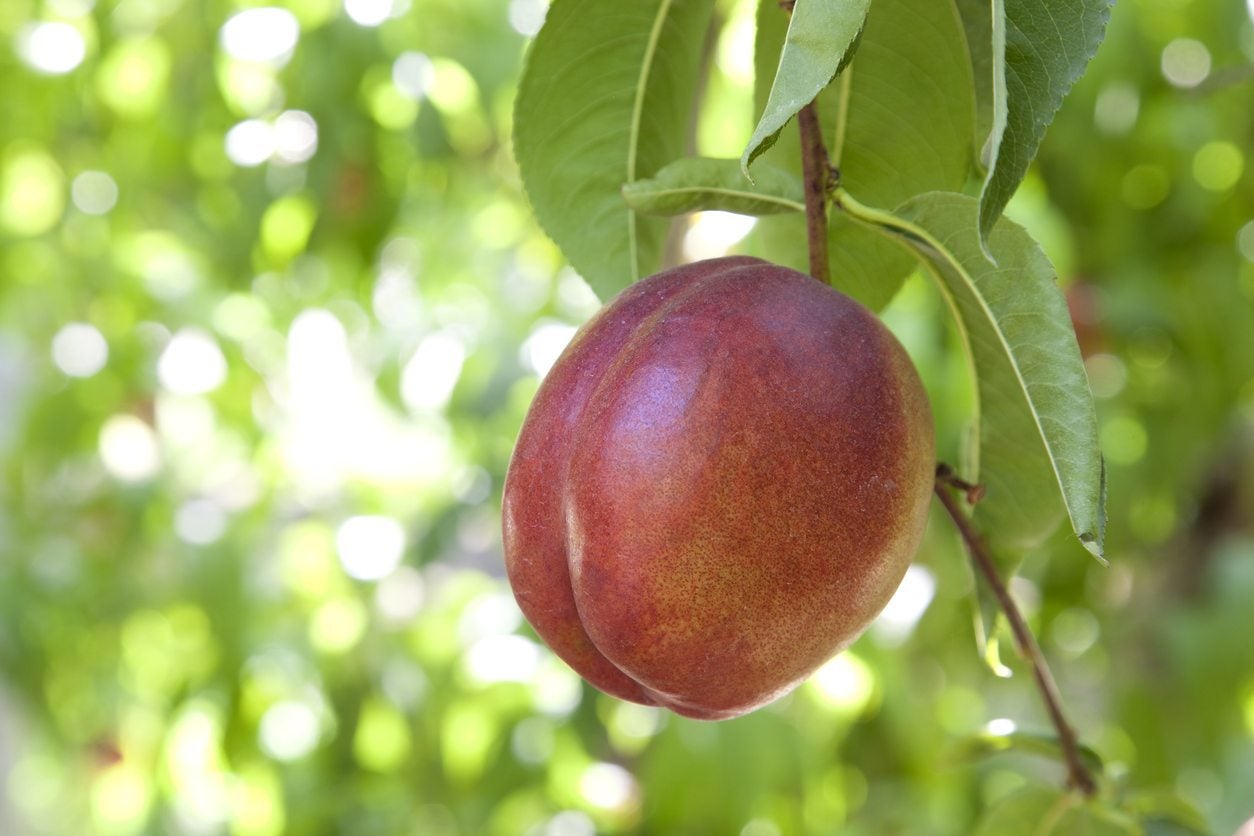 Nectarine Tree Not Fruiting – How To Get Fruit On Nectarine Trees
Nectarine Tree Not Fruiting – How To Get Fruit On Nectarine TreesGetting no fruit on the nectarine trees? If there are no obvious diseases or insect pests, why is the nectarine tree not fruiting? There are quite a few reasons for a fruitless nectarine tree. Find out how to get fruit on nectarine trees in this article.
By Amy Grant
-
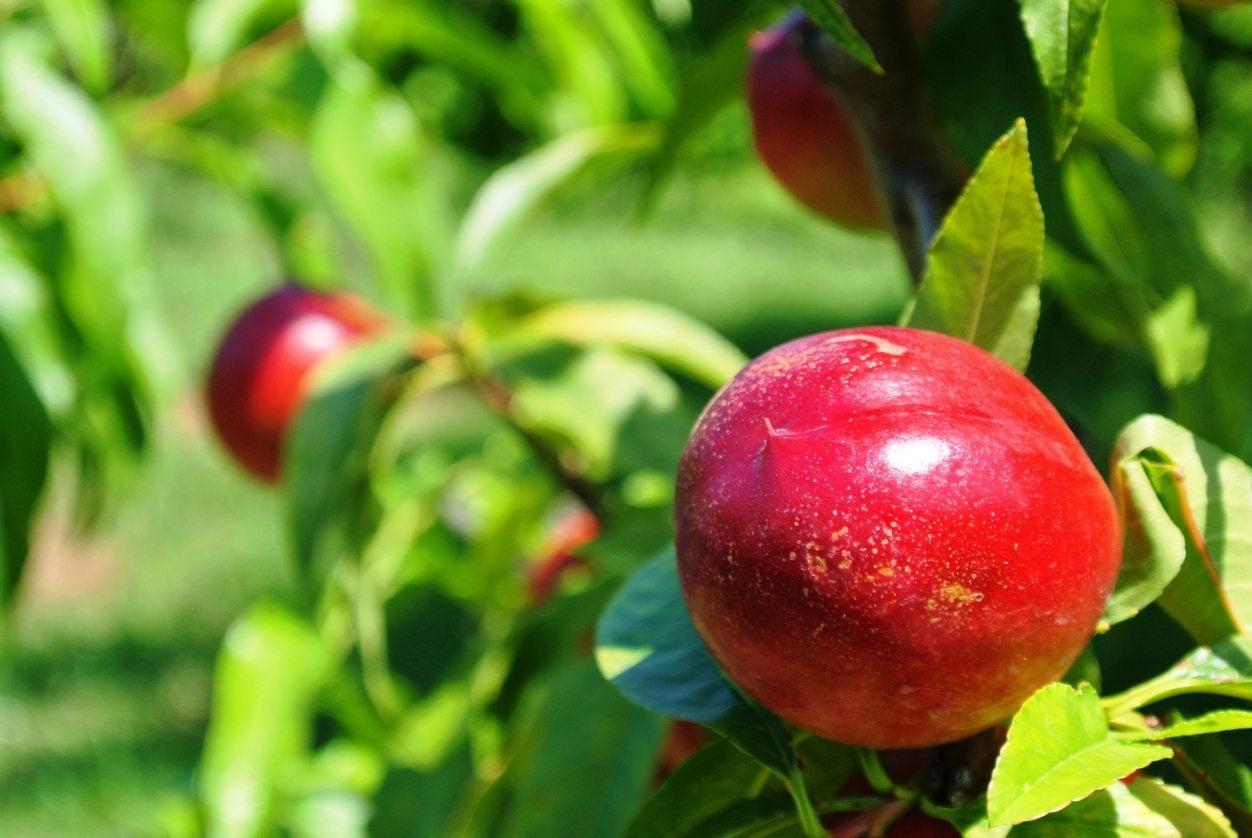 Pruning A Nectarine Tree – Learn How To Prune Nectarine Trees
Pruning A Nectarine Tree – Learn How To Prune Nectarine TreesPruning a nectarine is an important part of taking care of the tree. There are a number of reasons for cutting back a nectarine tree each with a specific purpose. This article will help with the ins and outs of nectarine pruning.
By Amy Grant